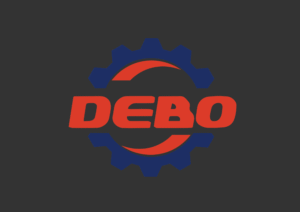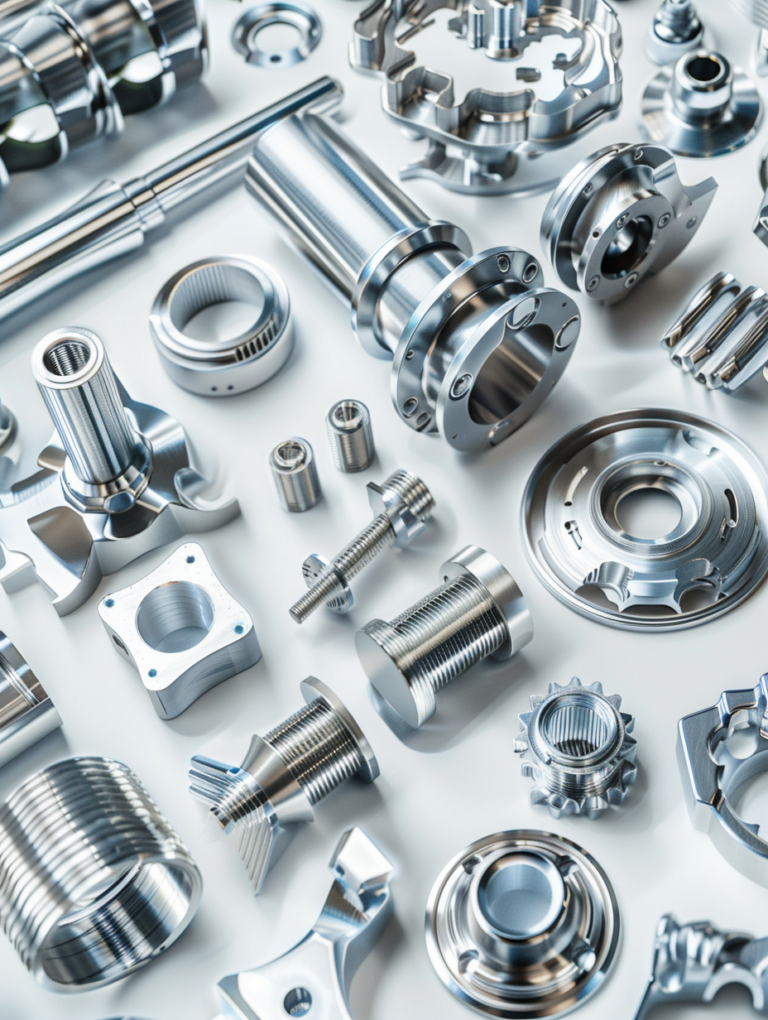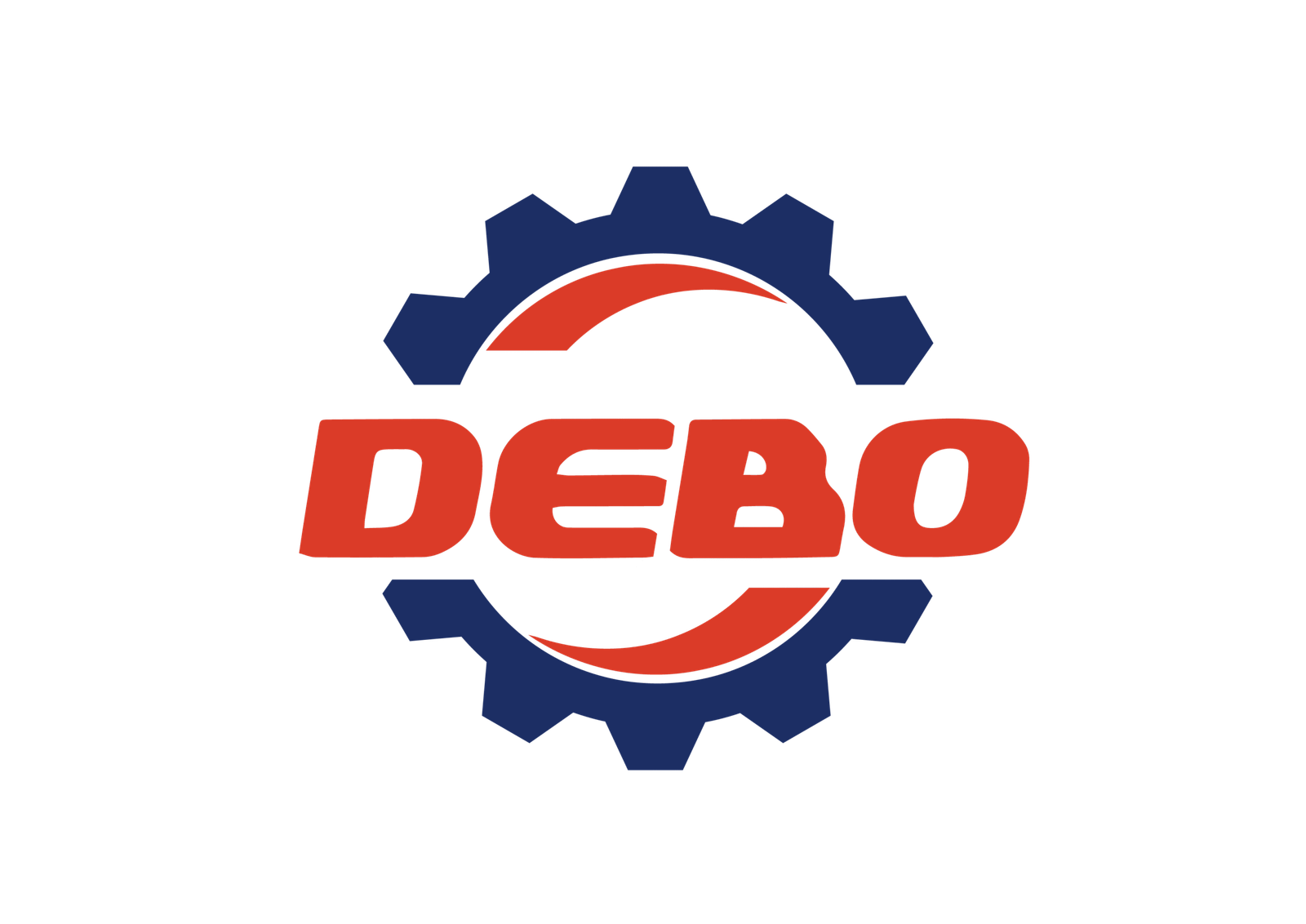A customer once told me, “Your price is 30% higher than your competitor.” But when I asked about material, finish, and tolerances, he realized he had skipped the details.
CNC costs depend on material, part complexity, machine time, quantity, surface finish, and tolerances. Every detail impacts your quote.
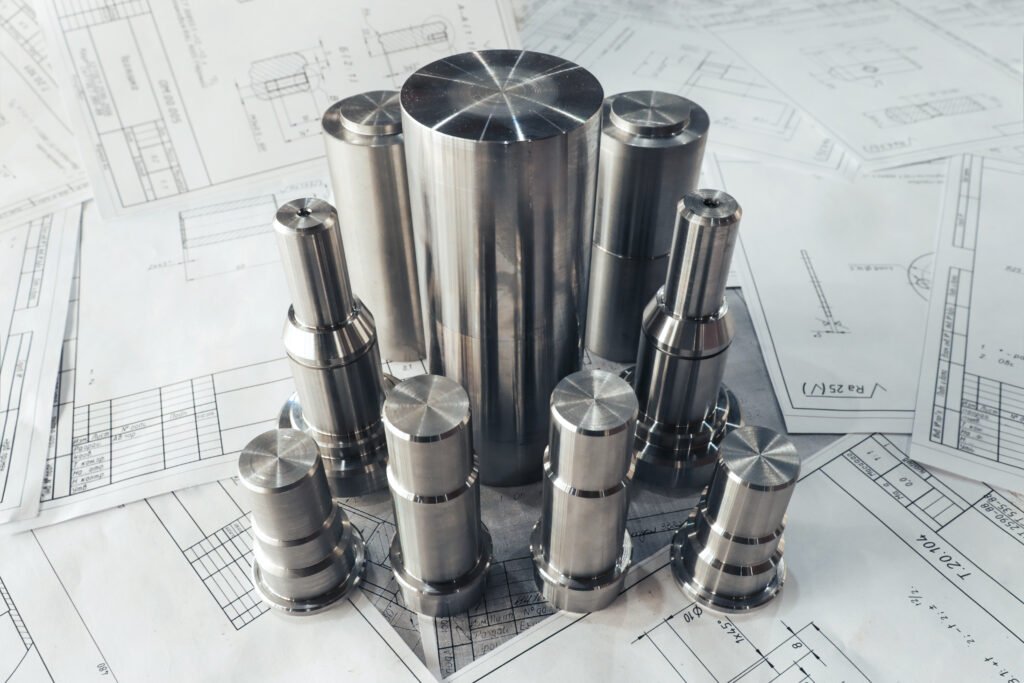
Understanding these cost drivers helps buyers get accurate quotes and avoid surprises.
What factors should be taken into consideration when selecting stock for CNC machining?
Choosing the wrong stock caused one of my jobs to take 2X longer. The buyer chose a cheaper alloy—but it was hard to cut.
Material selection affects cost through machinability, tool wear, stock size, and scrap rate. Always match material to both function and process.
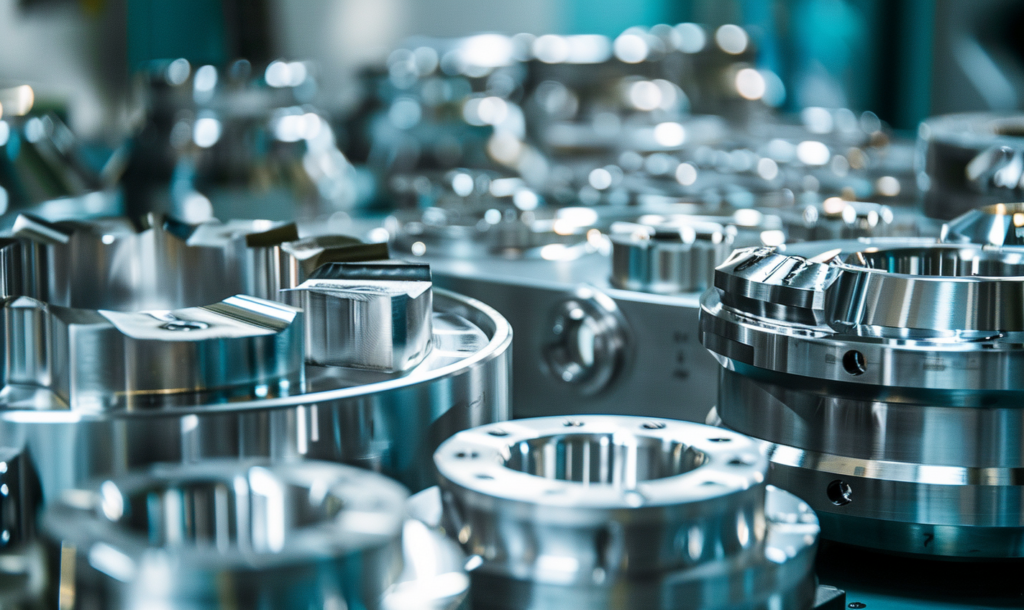
Here’s what I always check:
| Factor | Why It Matters |
|---|---|
| Material Type | Harder metals slow down machining |
| Stock Size | Oversized stock increases waste |
| Shape (Bar vs Plate) | Some shapes need extra cutting time |
| Availability | Rare grades increase cost |
| Certifications | Aerospace or medical grades cost more |
Common machinable materials like 6061 aluminum or 1018 steel save cost. But if your part demands 17-4PH or Inconel, be ready to pay more.
I tell customers: pick the simplest material that meets your need. Every step up in hardness or precision adds hours—and dollars.
How to make CNC cheaper?
A client once came with a complex part with 7 holes on 5 faces. I helped redesign it with 3 faces and 4 holes—and cut 40% of the cost.
Simplify geometry, use common materials, avoid tight tolerances, and combine parts when possible. These steps cut machining cost fast.
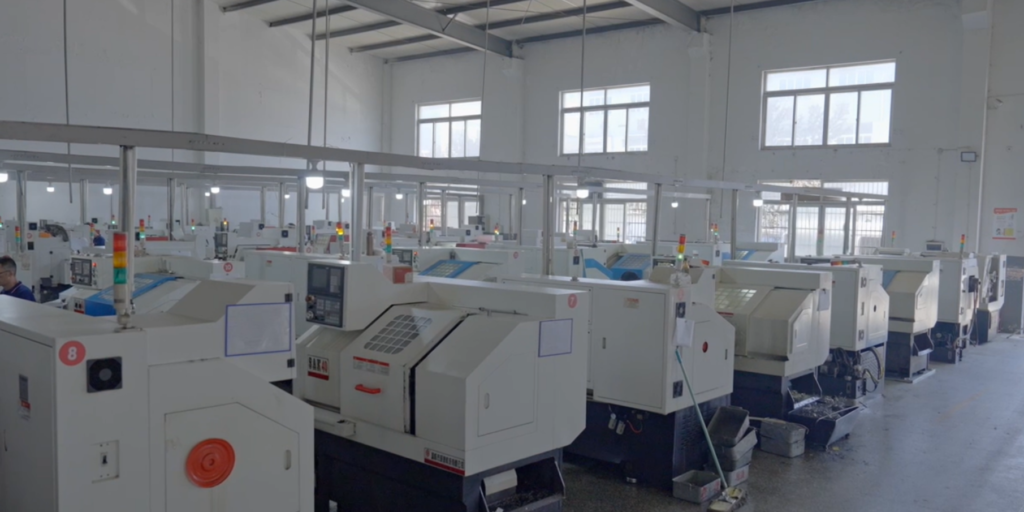
Here’s my list of ways to save:
- Reduce setups – Design parts that can be machined in fewer clamping positions.
- Avoid undercuts or deep pockets – These require special tools or slow feeds.
- Use standard hole sizes – Avoid custom drill sizes.
- Pick a machinable material – 6061 is cheaper to machine than 304 or titanium.
- Relax tolerances – Don’t ask for ±0.01 mm unless you need it.
- Limit finishes – Anodizing or polishing costs extra.
- Order higher volume – Unit price drops with more parts.
I also suggest: bring in your machinist early. The best savings happen in design—not after the quote.
How much does a CNC cost per hour?
Buyers sometimes ask, “Why is this quote so high?” I explain: it’s not just cutting metal. It’s the machine, labor, setup, and quality check.
CNC machine rates vary by country, machine type, and part complexity—but typically range from $30 to $120 per hour.
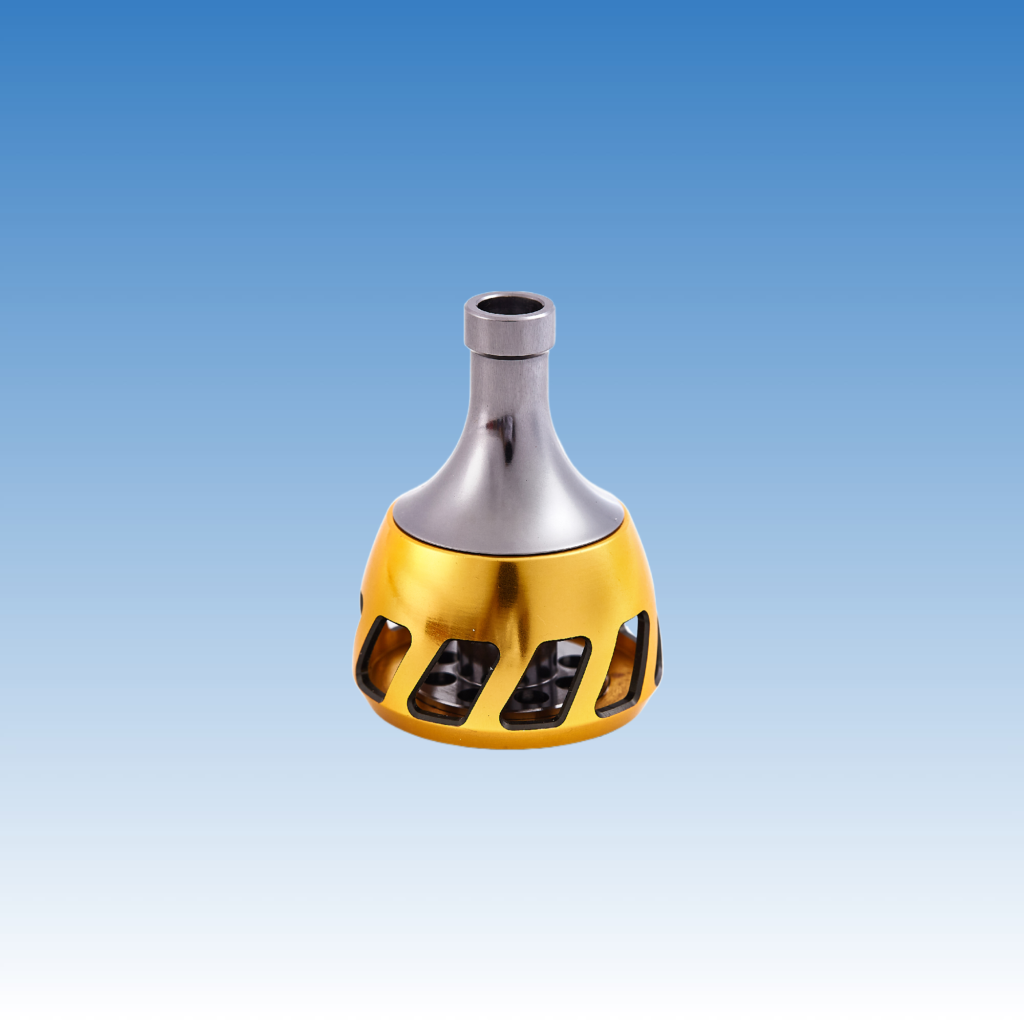
Here’s a rough idea by machine type:
| Machine Type | Typical Hourly Rate (USD) | Notes |
|---|---|---|
| 3-axis CNC mill | $30–60 | Basic cutting, low setup |
| 5-axis CNC mill | $60–120 | Complex shapes, multi-face parts |
| CNC turning (lathe) | $25–55 | Cylindrical parts |
| Swiss-type lathe | $50–100 | High precision |
Other cost drivers include:
- Setup time (for small batches, this matters a lot)
- Operator labor
- Tool wear or breakage
In Europe or North America, costs can go higher. In China or India, they’re often lower—but watch for quality gaps.
How to reduce cycle time in CNC machine?
One buyer asked how to speed up production. I asked for his part drawing—and found a 40mm deep hole that needed 5 passes. We fixed it by changing depth to 30mm.
To reduce cycle time, optimize tool paths, simplify features, use sharper tools, and program with high-speed machining strategies.
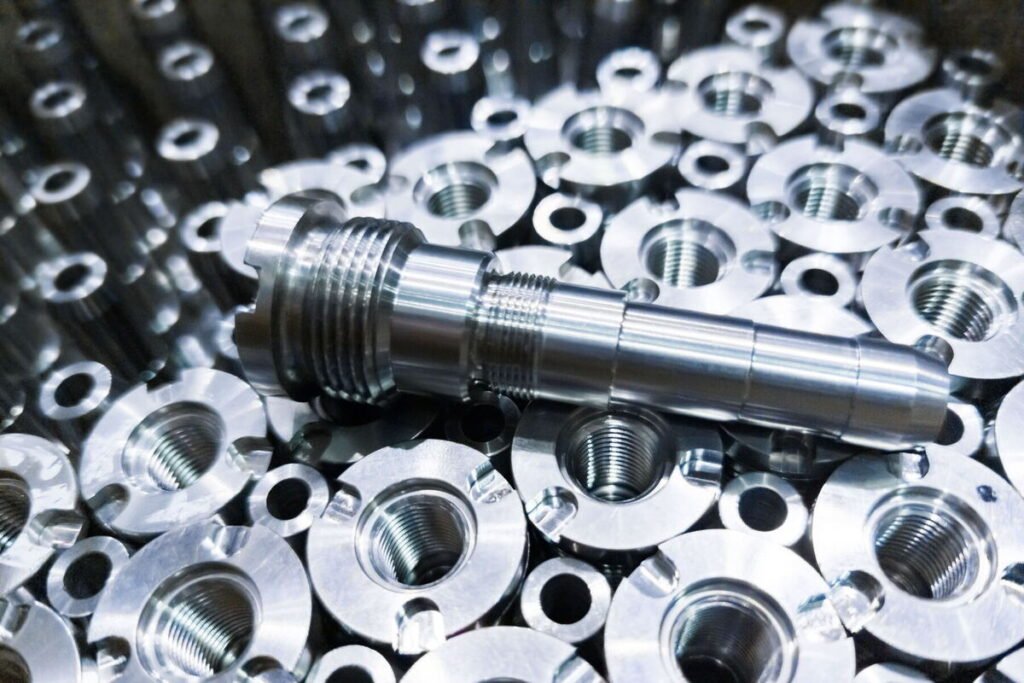
Here are proven tips I share with customers and machinists:
| Method | Effect |
|---|---|
| Use fewer tools | Reduces tool change time |
| Combine operations | Fewer setups, less clamping |
| Shorter tool paths | Saves motion time |
| Increase feed rates | If material and tools allow |
| Upgrade software | Better CAM software = faster paths |
| Improve work holding | Stronger grip = faster cuts |
I also check G-code programs for wasted moves or inefficient strategies. Just switching to climb milling, or using helical entry cuts, can save seconds per part—which adds up fast in volume runs.
Conclusion
CNC part cost depends on smart design, the right material, optimized setup, and clear communication. By controlling each factor, you can reduce cost without sacrificing quality.
